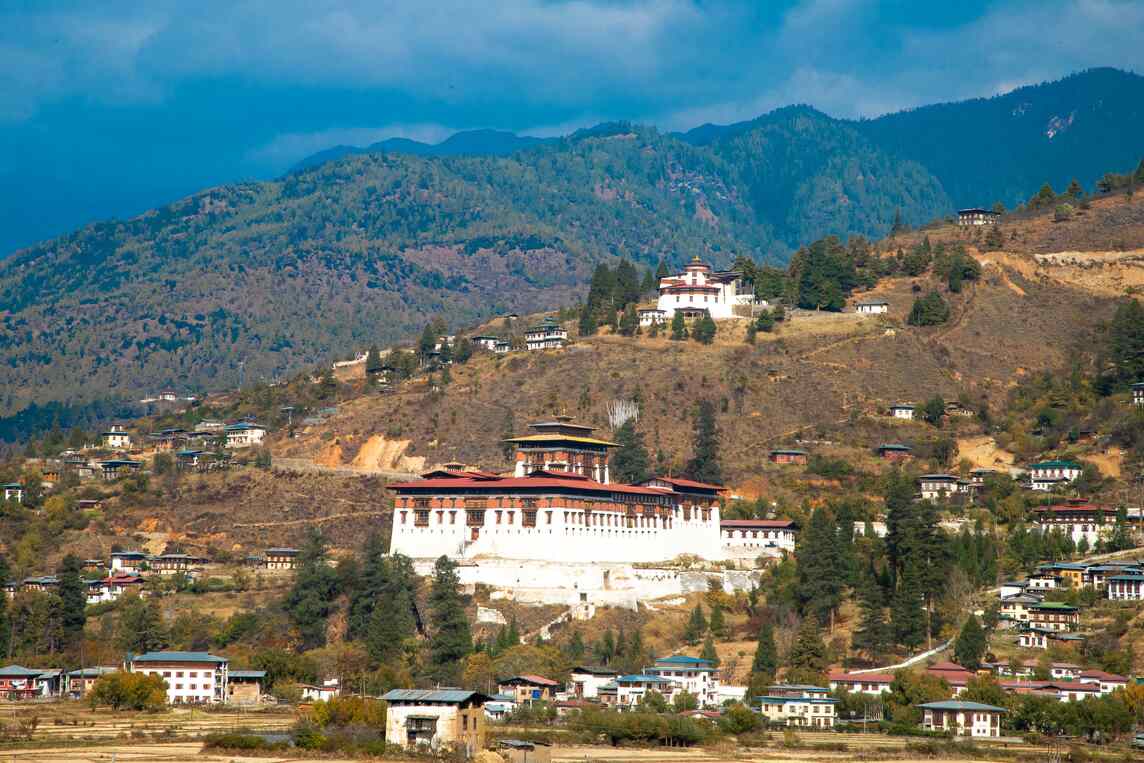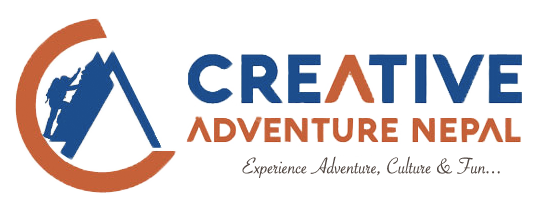
Vibrant Paro Tsechu Tour
The Tshechu (festival) is a religious ceremony held on the tenth of the month (lunar calendar), corresponding to Guru Rimpoche's birthday. However, the actual month of the Tshechu varies from location to place and temple to temple. Tshechus are large gatherings of whole towns to see religious mask dances, get blessings, and socialize.
Tshechus comprises colorful Bhutanese dances and various types of entertainment in addition to mask dances. You can attend a Tshechu and see the mask dances at least once to get blessings and wash away their sins.
Every mask dance is based on events dating back to the 8th century. You can check out the mask dances at monasteries. Thimphu Festival, Paro Festival, Punakha Festival, and Bumthang Jamba Lhakhang Drup Festival are the most popular festivals.
Highlights:
-
Land of the thunder dragon
-
The biggest festival in Bhutan
-
Witness the mask dances and cultural events
-
Visit Thimphu, Punakha, and Tiger's nest
Program ( 5 Days )
On arrival at Paro international airport, kindly proceed to the exit of the arrival hall. Your tour leader will await you outside the arrival hall and escort you to your hotel in Kathmandu.
Check into your hotel, and in the afternoon, visit Paro Festival. Half day attend the annual Paro Tshechu, Bhutan’s largest and most splendid festival. Masked dancers perform ritualized reenactments of the struggle between good and evil.
In the morning, we will visit the festival, and in the afternoon, we will drive north of Paro valley and visit Kyichu Lhakang. It is one of the oldest temples in Bhutan. It has a magical orange tree that bears fruits all year round. We will visit Paro town.
Check out from the hotel and drive to Thimphu, the capital city of Bhutan. Visit Memorial Chorten built in the memory of the late 3rd king of Bhutan, further driving to Buddha viewpoint. We have a magnificent view of the whole valley from here; visit Changangkha Lhakhang, the oldest temple in the valley. In the afternoon, your journey will start towards Punakha.
Upon Arrival in Punakha, visit the traditional Hand Made Paper Mill, School of Arts and Crafts, where students learn 13 different arts used predominantly in Bhutan, Folk Heritage Museum, National Library, and the Traditional Institute of Medicine. Drive to the Zilukha nunnery to meet the nuns and interact with them. Lunch in the town and drive to Punakha through Dochula pass (3200 m). If the weather permits, one can enjoy a spectacular view of the highest mountains of Bhutan at a site that stretches almost 180 degrees. Walk around the 108 stupas and continue to sub tropical valley of Punakha.
In the morning, we will drive to visit Punakha Dzong (fortress), which houses the most elaborated temple in the country. It is a fine example of Bhutanese rich Art and Architecture. Drive further up to visit the Souvenir Making Center for girls supported by Youth Development Fund. Later on, we will interact with the students and return to the hotel for lunch.
After lunch, we have time to retrace our steps back over the Dochu La for a second chance at that beautiful view of the Himalayan range. Later on, we will return to the Chuzum or confluence and catch a glimpse of the three shrines in Nepali, Tibetan, and Bhutanese styles. They were built to ward off evil spirits near the checkpoint. If time permits, you can break the journey with a visit to Tamchog Lhakhang. It was built by Thangtong Gyalpo (the so-called Iron Bridge Builder). This former saint from the 14th century introduced the art of building suspension bridges with iron chains. The only way to reach his temple was by one of these bridges. On the final leg, the road snakes alongside the Pa Chhu river, through apple orchards and rice paddies, past quaint homesteads to our home in the mountains, Paro.
One of Bhutan's most impressive and important pieces of architecture, Taktsang Goemba, defies logic, gravity, and reason. Legend has it that this cliffside was where Guru Rinpoche (Padmasambhava) landed on the back of a flying tigress, bringing Buddhism to Bhutan from Tibet.
We should start early to avoid the sun for the two-hour climb to the Tiger’s Nest viewpoint. Descend steeply, then climb up to the monastery, passing a waterfall and entering through the main gates, which are filled with murals. Retrace our steps or (if time and energy levels allow) head further up to several remote temples and monasteries.
Our journey commences here. Our representative will drop you off at the airport for your final departure.

